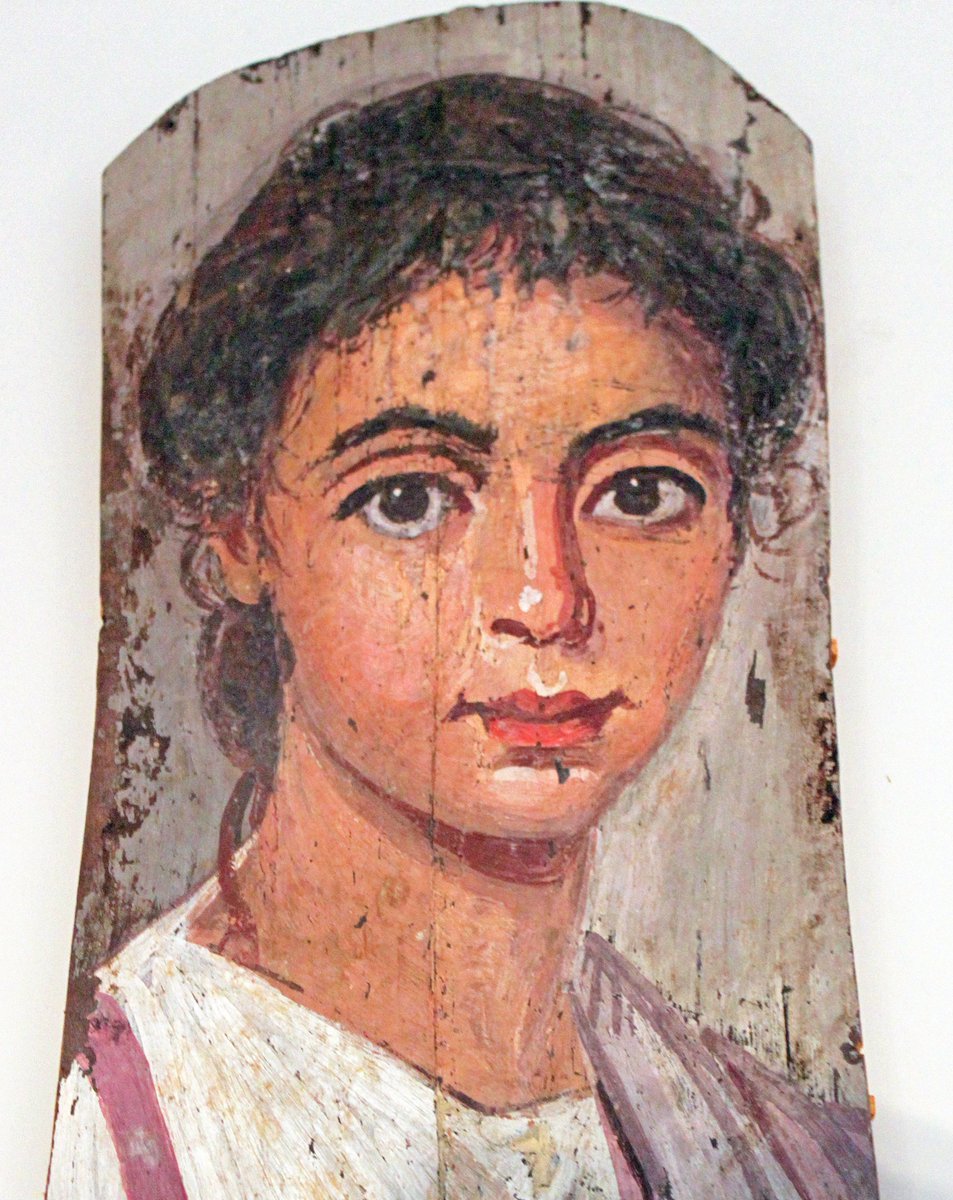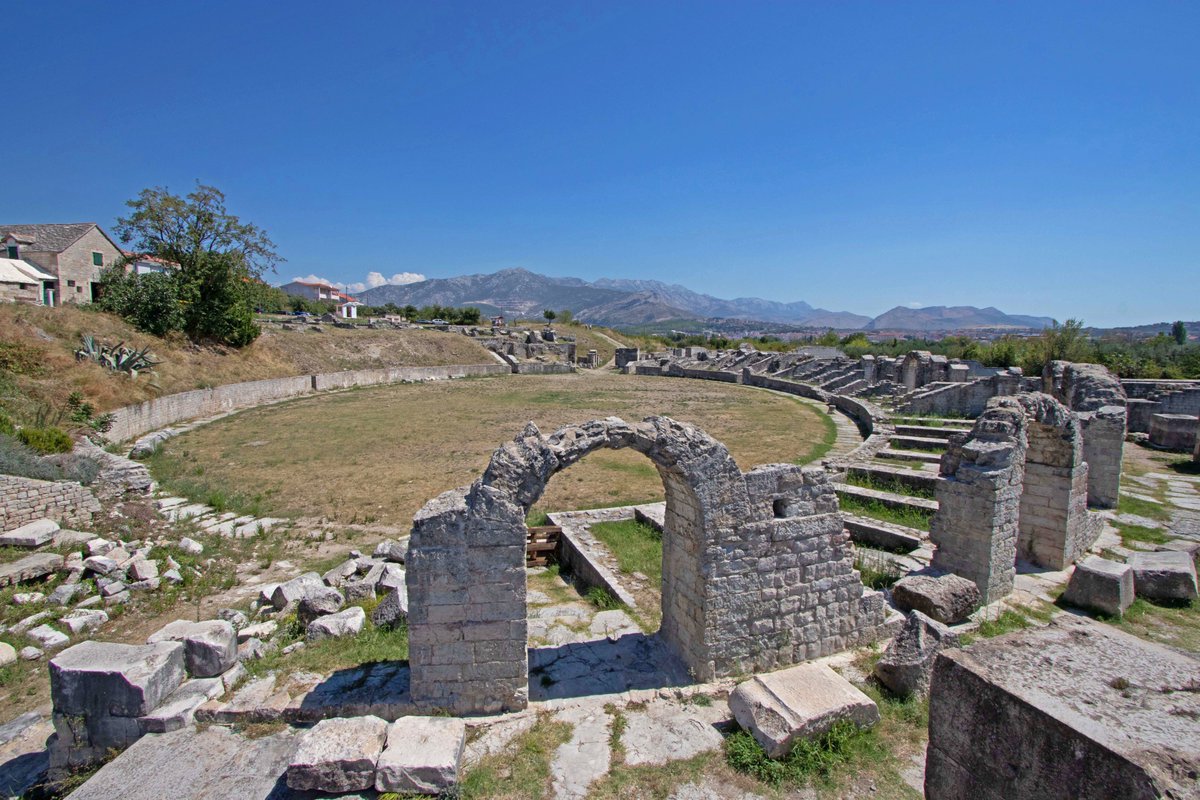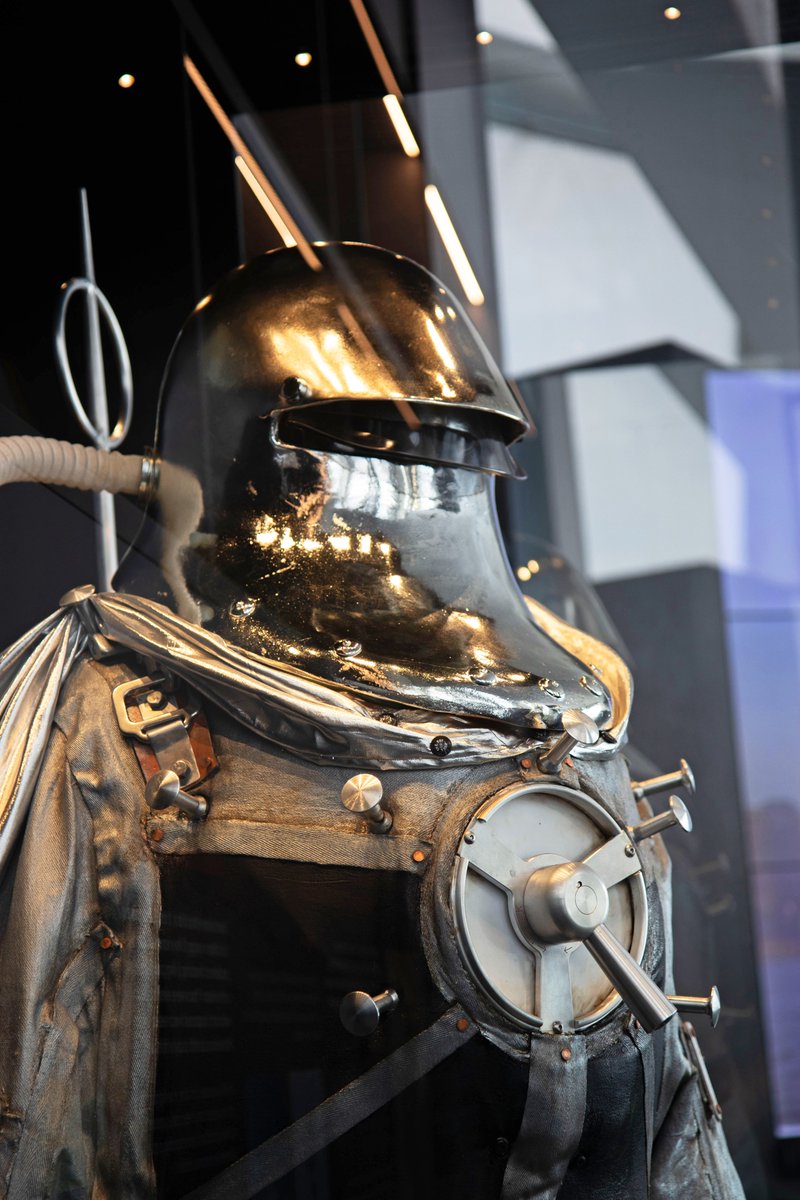
1/2) An incredibly exciting discovery in the numismatic world: in a collection associated with Ferdinand I, Emperor of Austria, this gold Ides of March "cap and dagger" aureus of Brutus lay undocumented for centuries. Only the third example of this famous type known in gold... 

2/2) So rare that until now doubt had been cast on the authenticity of the other coins in London and Frankfurt. This third coin shares the obverse die with the German specimen and the reverse die with the one in London, confirming beyond doubt the authenticity of the gold series. 



The coin will be auctioned next month, almost certain to become the most valuable ancient coin. Yet, prices at even an average "Modern Art" sale still dwarf those of ancient coins - something I will never understand! A huge amount of info on the coin here: romanumismatics.com/221-lot-463-br…
CORRECTION: The reverse does not match the pierced London example exactly, but does match other dies known in the series. We know for this series Brutus' travelling military mint used the same dies for the silver coins as they did for the gold.
• • •
Missing some Tweet in this thread? You can try to
force a refresh






















